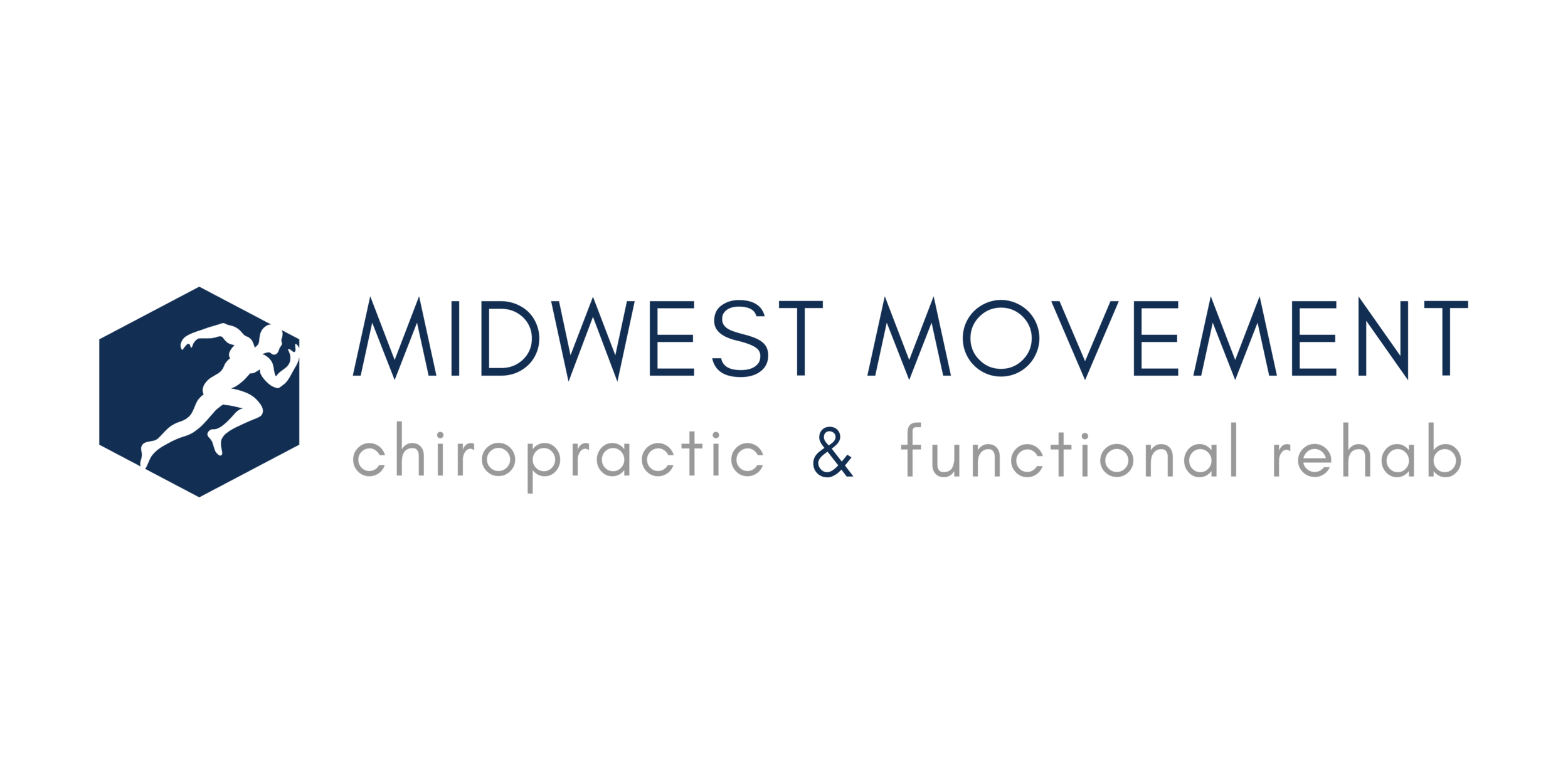What’s Behind The Name “Midwest Movement?”
Movement is a simple term.
Most of us have a baseline understanding of the definition, but does everyone fully understand the complexity of human movement? No, not even close. Even though we, the team at Midwest Movement, studied movement extensively throughout chiropractic school and in our personal lives, we both still have movement limitations ourselves.
We know one thing for certain, though, and that is how you move, whether that’s poor movement or a lack of movement, often causes your symptoms or fitness limitations.
How we move is vital to our health and is often overlooked as the cause of musculoskeletal problems. Since abnormal movement patterns often drive pain or limit performance, we believe that each person’s movement should be assessed at the very first visit, no matter the case. In fact, one of our core values is “Assess, don’t Guess.” No movement assessment translates to a guess at your care, and you deserve better than that. We have equipped ourselves with the best approaches to movement assessment, whether that’s a global movement like baby crawling or a baseball player swinging a bat, or small movement like individual joints in your spine. We know how to assess movement.
We also believe human bodies were made to move, so we prioritize a patient’s return to movement and function with our treatment. Our first step with a patient is to increase his or her pain free movement options, so the patient doesn’t fear moving. Then, we guide the patient as they increase stability and strength, along the way educating and empowering the patient to understand why pain or limitation occurred and how to prevent it in the future. The patient who understands his or her condition, is aware of movement quality, and can control their body is better off than the one who constantly relies on a provider for help.
We want to help patients shift from thinking about their bodies as weak or fragile with limited movement to strong and resilient with multiple movements, and this begins with breaking the cycle of provider dependence and giving both patients and athletes the tools they need to help themselves move better and more often.

